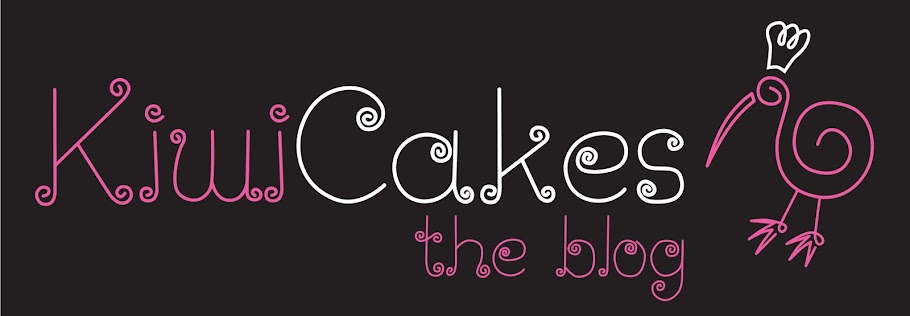 Check out the "how to" to make these fantastic chocolate hearts below (full credit goes to the team at Roberts). If you need chocolate transfers, click here to buy.
Check out the "how to" to make these fantastic chocolate hearts below (full credit goes to the team at Roberts). If you need chocolate transfers, click here to buy.
Transfer sheets are a sturdy but flexible plastic sheet coated with a mixture of cocoa butter and FSANZ approved food colouring, which has been etched with a repetitive design. They come in a wide variety of designs and colours.
You can use the transfer sheets on any flat chocolate surface or to decorate biscuits, cakes and deserts. Just apply the same basic application method to whatever you wish to decorate - you can achieve amazing and impressive results with ease.
Transfer sheets can be used with any type of chocolate. Milk or dark chocolate will show gold designs to their best advantage, white chocolate will highlight pastel or lighter colours with great effect. Each sheet is for one application only. You can cut sheets to the specific size you require and tape them together on the underside to make longer strips.
Transfer sheets can be used with any type of chocolate. Milk or dark chocolate will show gold designs to their best advantage, white chocolate will highlight pastel or lighter colours with great effect. Each sheet is for one application only. You can cut sheets to the specific size you require and tape them together on the underside to make longer strips.
How to use
Basic Application:
Step 1. Make and bake your favourite cupcake recipe using co-ordinating cupcake papers for your theme. Ice the cooled cupcakes - I've used a basic butter frosting for these.
Basic Application:
Step 1. Make and bake your favourite cupcake recipe using co-ordinating cupcake papers for your theme. Ice the cooled cupcakes - I've used a basic butter frosting for these.
Step 2. Melt the chocolate melting buttons using your preferred method. I like using a small slow cooker as it keeps the chocolate melted and at the right temperature for as long as I need it.
 Step 3. Make a template of the small plain heart. I placed a piece of paper over the back of the mould and rubbed around the edges with a marker pen.
Step 3. Make a template of the small plain heart. I placed a piece of paper over the back of the mould and rubbed around the edges with a marker pen.  Step 4. Cut out the template but making it slightly smaller. You are wanting the final shape to fit easily into the bottom of the mould. Make sure there are no edges curling up the sides.
Step 4. Cut out the template but making it slightly smaller. You are wanting the final shape to fit easily into the bottom of the mould. Make sure there are no edges curling up the sides.Step 5. Using your heart stencil, cut out the heart shape from the Chocolate Transfer Sheet using scissors.
 Step 6. Ensure the cut pieces fit freely in the bottom of the heart mould. Place it smooth side down, rough side up. Gently spoon the melted chocolate into the mould until it is filled just to the top. Gently tap the mould onto a flat surface to release any air bubbles. Then let it set in the fridge.
Step 6. Ensure the cut pieces fit freely in the bottom of the heart mould. Place it smooth side down, rough side up. Gently spoon the melted chocolate into the mould until it is filled just to the top. Gently tap the mould onto a flat surface to release any air bubbles. Then let it set in the fridge. Step 7. To make sure your chocolate is set, look at the underside of the mould. It should look dull and slightly retracted from the edges. If it still looks wet and glossy then it is not yet set.
Step 7. To make sure your chocolate is set, look at the underside of the mould. It should look dull and slightly retracted from the edges. If it still looks wet and glossy then it is not yet set.Step 8. Once the pieces are set, turn the mould upside down and gently tap on the bench (put a teatowel down first to soften the surface). The pieces should remove easily. If they don't, it means the chocolate still isn't fully set. Leave for a little bit longer. The piece will look like this with the plastic still on top.
 Step 9. Peel away the plastic. You may have to gently pick to find the edge of the plastic, but once found, it will peel away easily.
Step 9. Peel away the plastic. You may have to gently pick to find the edge of the plastic, but once found, it will peel away easily.

No comments:
Post a Comment